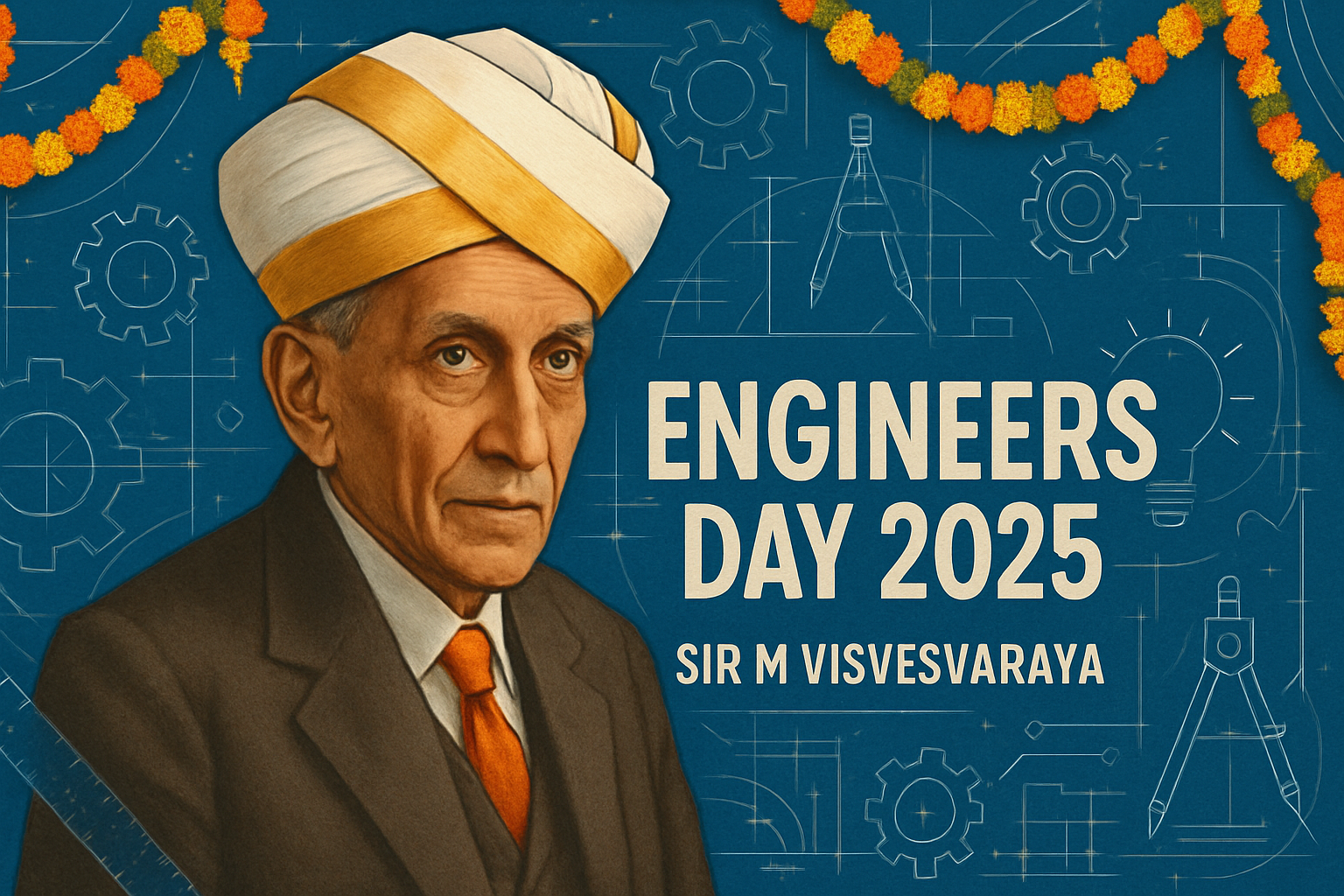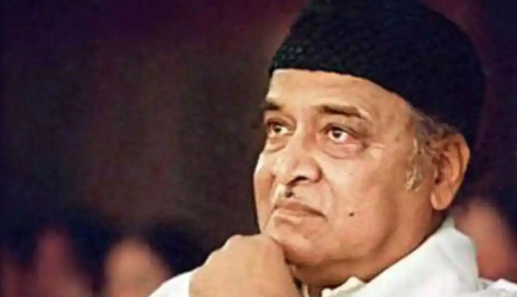What is Gaganyaan Mission?
The Gaganyaan Mission is India’s first human spaceflight program launched by the Indian Space Research Organisation (ISRO). The word “Gaganyaan” means “sky vehicle” in Sanskrit. This ambitious project aims to send Indian astronauts (called “Vyomanauts”) to space and bring them back safely to Earth.
Key Facts About Gaganyaan Mission
- Launch Date: Expected in 2025-2026
- Duration: 3-day space mission
- Crew: 3 Indian astronauts
- Orbit Height: 400 kilometers above Earth
- Mission Cost: ₹10,000 crores (approximately $1.2 billion)
- Launch Vehicle: GSLV Mk III (now called LVM3)
Gaganyaan Mission Timeline and Updates
Recent Developments (2024-2025)
Test Flights Completed:
- Test Vehicle D1 (TV-D1): Successfully completed in October 2023
- Crew Escape System: Successfully tested multiple times
- Parachute System: All tests completed successfully
Upcoming Milestones:
- Unmanned Test Flight: Scheduled for early 2025
- Second Unmanned Test: Mid-2025
- First Crewed Mission: Late 2025 or early 2026
Why is Gaganyaan Important for India?
1. Space Technology Advancement
- Makes India the 4th country to send humans to space independently
- Develops indigenous space technology capabilities
- Creates new job opportunities in aerospace sector
2. Scientific Benefits
- Conducts microgravity experiments
- Studies Earth’s atmosphere from space
- Tests new materials and technologies
3. National Pride
- Showcases India’s technological prowess globally
- Inspires young scientists and engineers
- Strengthens India’s position in global space community
Gaganyaan Spacecraft Features
Crew Module
- Capacity: 3 astronauts
- Life Support: 7 days (emergency backup)
- Weight: 3.7 tons
- Diameter: 3.7 meters
Service Module
- Function: Provides power and propulsion
- Solar Panels: For electricity generation
- Thrusters: For orbital maneuvers
Safety Systems
- Crew Escape System: Emergency escape during launch
- Heat Shield: Protection during re-entry
- Parachutes: Safe landing system
Selection and Training of Indian Astronauts
Astronaut Selection Process
- Initial Candidates: 60 Indian Air Force pilots
- Final Selection: 4 astronauts chosen
- Training Location: Russia (initial), India (advanced)
- Training Duration: 3+ years
Training Components
- Physical Fitness: Endurance and strength training
- Spacecraft Systems: Learning all mission controls
- Emergency Procedures: Handling crisis situations
- Space Simulation: Zero gravity training
- Survival Training: Land and water survival skills
Gaganyaan Mission Objectives
Primary Objectives
- Demonstrate human spaceflight capability
- Safely launch and return 3 astronauts
- Conduct scientific experiments in microgravity
- Test life support systems in space
Secondary Objectives
- Study effects of space on human body
- Test Indian-made space food and equipment
- Inspire future space missions
- Develop space tourism capabilities
Technology and Innovation in Gaganyaan
Indigenous Development
- Environmental Control System: Made in India
- Crew Escape System: Developed by ISRO
- Food and Water Systems: Specially designed for Indian crew
- Communication Systems: Advanced Indian technology
International Collaboration
- Russia: Astronaut training and Soyuz experience
- France: Equipment testing and validation
- ESA: Technical support and expertise sharing
Challenges and Solutions
Technical Challenges
- Human Rating: Making spacecraft safe for humans
- Solution: Multiple unmanned test flights
- Life Support Systems: Providing oxygen, water, and food
- Solution: Redundant backup systems
- Radiation Protection: Shielding from space radiation
- Solution: Advanced materials and short mission duration
Budget and Timeline Challenges
- Original Timeline: 2021 (delayed due to COVID-19)
- Current Timeline: 2025-2026
- Budget Management: Efficient use of ₹10,000 crores
Economic Impact of Gaganyaan Mission
Direct Benefits
- Job Creation: 15,000+ direct and indirect jobs
- Industry Growth: Boost to aerospace manufacturing
- Technology Transfer: Benefits to other industries
Long-term Impact
- Space Tourism: Future commercial opportunities
- Satellite Services: Enhanced capabilities
- International Partnerships: New collaboration opportunities
Global Context: India’s Position in Space Race
Countries with Human Spaceflight Capability
- Russia: First human in space (1961)
- United States: Moon landing (1969)
- China: Independent human spaceflight (2003)
- India: Gaganyaan mission (2025-2026)
India’s Unique Advantages
- Cost-Effective: Lower mission costs compared to other countries
- Proven Track Record: Successful Mars and Moon missions
- Growing Expertise: Rapid advancement in space technology
Future Missions After Gaganyaan
Planned Follow-up Missions
- Gaganyaan 2: Extended duration missions
- Space Station: Indian space station by 2035 (Know More)
- Moon Landing: Indian astronauts on Moon by 2040
- Commercial Spaceflight: Space tourism development
How Gaganyaan Inspires Future Generations
Educational Impact
- STEM Education: Increased interest in science and technology
- Career Opportunities: New paths in aerospace engineering
- Innovation Culture: Encourages research and development
Social Impact
- Gender Inclusion: Opportunities for women in space
- Rural Outreach: Inspiring students from all backgrounds
- National Unity: Shared pride in achievement
Conclusion
The Gaganyaan Mission represents a historic milestone for India’s space program. With its launch expected in 2025-2026, this mission will make India the fourth country to independently send humans to space. The project showcases India’s growing technological capabilities and opens doors for future space exploration.
From job creation to international recognition, Gaganyaan will benefit India in multiple ways. The mission’s success will inspire millions of young Indians to pursue careers in science and technology, contributing to the nation’s growth as a global space power.
As India prepares for this momentous journey, the Gaganyaan Mission stands as a testament to the country’s scientific ambitions and technological prowess. The mission will not only fulfill India’s space dreams but also pave the way for more ambitious projects, including a potential Moon landing and India’s own space station.
Also See: Praggnanandhaa Defeats Magnus Carlsen at Freestyle Chess Las Vegas 2025
Also See: Understanding the Assam Accord: Its History, Clauses, Outcomes, and Ongoing Relevance in 2025





